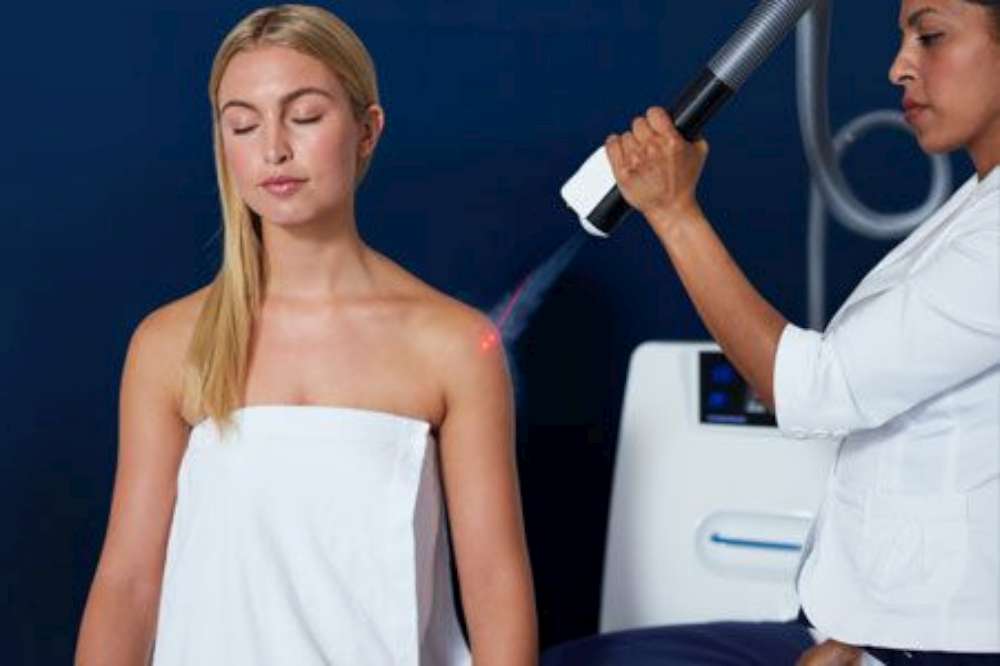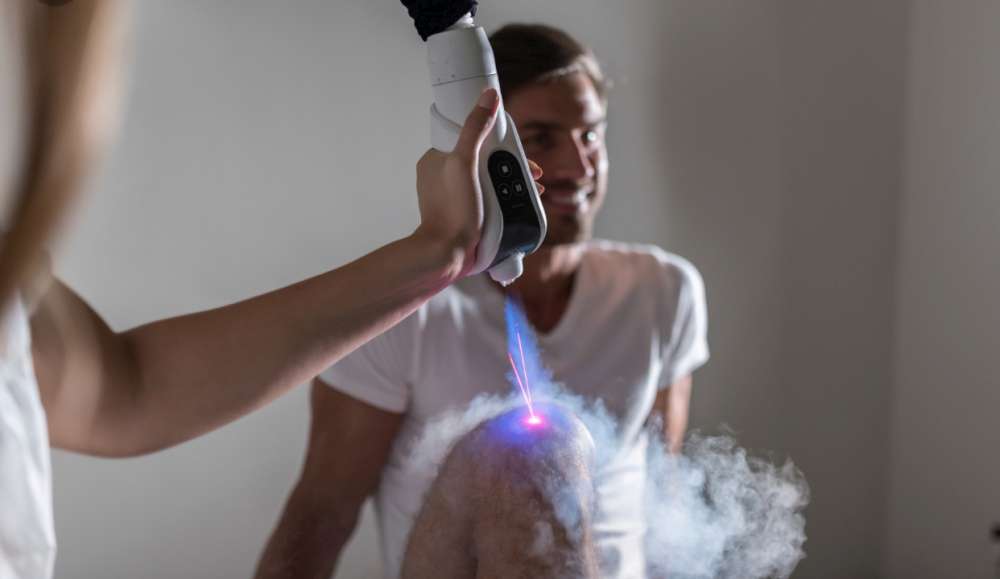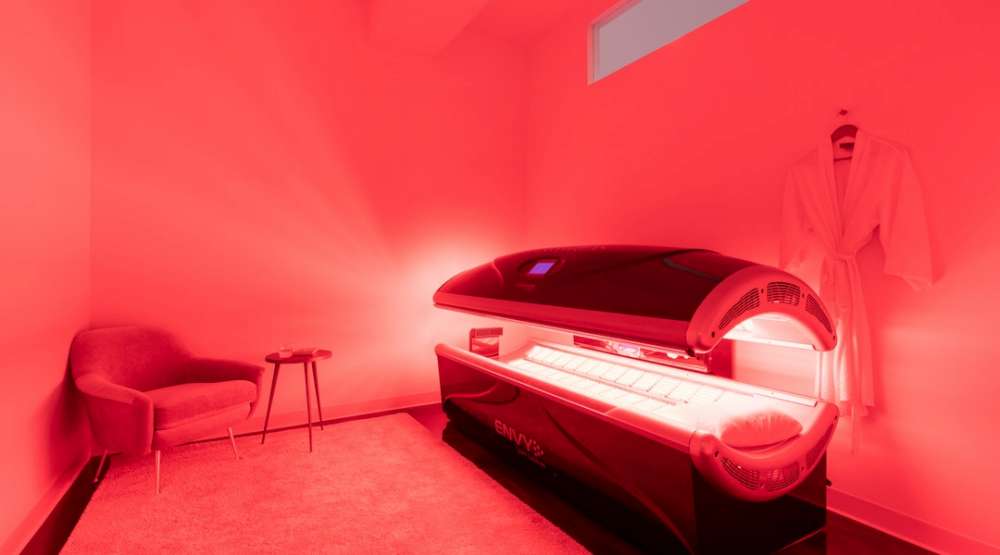By: Hope Alegre

The recovery stage is crucial in allowing your muscles to repair, rebuild and strengthen after a workout. Besides rest days, there is more you can do to accelerate the process so that your body performs better with a reduced risk of injuries. In addition to typical recovery methods are the more unconventional options that one should consider adopting.
First up is cryotherapy. Although the method is not new, it takes a conventional ice bath or ice pack and upgrades the idea behind it. Since cryotherapy uses much colder temps, it triggers an internal systemic anti-inflammatory response that helps relieve joint and muscle soreness, all while promoting better circulation and oxygenation. While whole body cryotherapy relieves general inflammation, spot cryotherapy is a safe localized cooling technology that is available to relieve parts of the body that may require more attention. It also provides immediate relief due to the body circulating blood rapidly to the areas that are being cooled. Although many cryotherapy chambers use cold nitrogen gas, the rise in electric cryotherapy is not only safer but still possesses all the same benefits.
Red light treatment is another option that many may not consider when thinking about muscle recovery. Although it is more commonly known for its benefits in treating and stimulating the skin, its benefits penetrate deeper than that. With a wavelength near-infrared, not only is it natural, but the body’s cells can absorb and utilize it. The light interacting with the mitochondria—the powerhouse of the cell—produces ATP, which is used for energy and allows for quick and efficient recovery time as energy is made more readily available. Evidence suggests that it not only has an anti-inflammatory asset but using it before and after a workout leads to reduced muscle strength loss, less muscle soreness and reduced muscle stiffness when it comes to the range of motion.
Acupuncture and dry needling are also not new concepts but aren’t usually utilized as a go-to for muscle recovery. They are similar but ultimately manage pain differently. Although acupuncture works to redirect and reposition the body’s chi—the flow of energy—to relieve tension, stress and pain, it also increases local blood supply and oxygenation while releasing feel-good endorphins that work to relieve pain. Acupuncture essentially creates a small injury that prompts your body to heal quickly. This results in the stimulation of healing on the surrounding tissues, muscles, fascia and nerves. Dry needling is used to treat muscular and myofascial pain. It is an intramuscular stimulation that targets the muscle’s trigger point and encourages a biochemical and mechanical change in the body that relieves pain and muscle tension.

Sensory deprivation tanks have seen a rise in popularity despite having been around since 1954. Additionally, Epsom salt has been used as a bath soak, however float tanks take it to an elevated level. In terms of muscle recovery, the high salinity soothes the muscles, and the anti-gravity effect it creates allows for the body to completely relax and decrease all pressure and pain—allowing the body to release and lengthen. Epsom salt is scientifically known as magnesium sulfate, and the high amounts of magnesium that the float tanks contain helps to relieve muscle cramping, which allows for improved function. The stress of training not only affects the body but the mind as well. This in turn can negatively affect a person’s sleep, which ultimately affects any healing process that occurs. The float tank offers ultimate relaxation, removing all senses. Since the water is warmed to body temperature, not only does it help the muscles relax, but it almost becomes unclear where one ends and the other begins. This allows you to quiet the mind and fall into a deeply relaxed state.
Something a little more feasible that can be used every day is tart cherry juice. It improves recovery of isometric muscle strength after an intense workout, and the antioxidant compounds (polyphenols) help keep inflammation levels in check to help the body repair faster. The potassium that the juice contains also aids in muscle recovery. Studies show it works best when drank days before and 48 hours after intense workouts. Since the juice contains large amounts of sugars and calories, it is best to drink before or after a workout.
You don’t have to be an elite athlete to benefit from these unconventional muscle recovery options. CrossFit, gym training or any other training that you are passionate about is cause enough to indulge in the care of your body.















